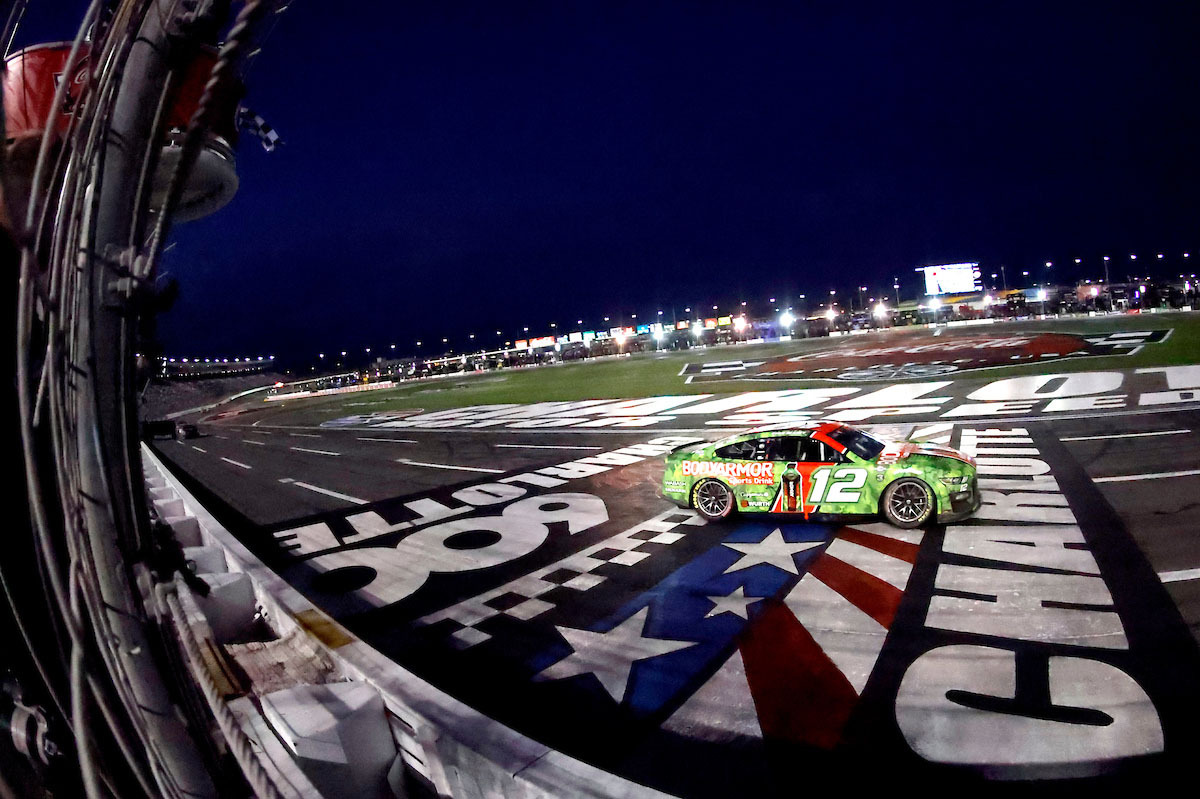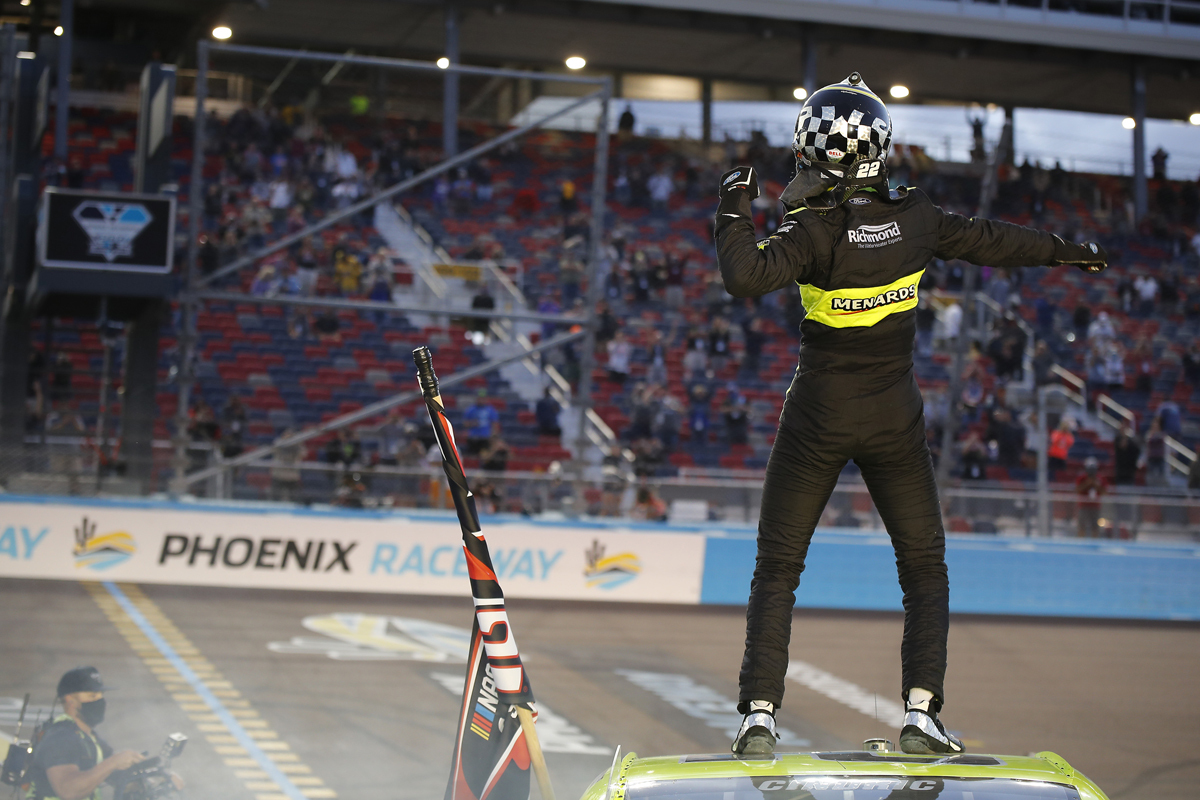How does a NASCAR transmission work?


You’ve watched NASCAR races and marveled at the speed and agility of those high-powered machines. You’ve probably even asked yourself, “How does a NASCAR transmission work?“
In NASCAR, the transmission is a specialized component engineered for durability, quick shifts, and adaptability to different tracks.
Table of Contents
In this article
In this article, we will delve into the mechanics of a NASCAR transmission, breaking down its key features and components. We will also discuss why it’s so specialized compared to a standard vehicle transmission, and how it plays a critical role in the outcome of a race.
A Detailed Explanation of a NASCAR Transmission
What Makes It Unique?
NASCAR transmissions are nothing like the ones you find in your average family car. These are high-performance parts engineered for extreme conditions. Most of them are manual transmissions that provide drivers with the control they need to navigate the various challenges presented by different tracks.
Components and Their Functions
The main components include gears, shafts, and bearings, each precisely machined for minimal friction and maximum durability. The gearing ratios are selected specifically for the track, allowing the driver to get the most power out of the engine at any given speed.
The Importance of Quick Shifts
The speed of gear shifts in a NASCAR transmission is critical. In racing, fractions of a second matter. Modern NASCAR transmissions have what’s known as “dog-ring” gears, which allow for rapid, clutchless shifts. This enables drivers to maintain higher speeds more consistently.
Adaptability is Key
Lastly, these transmissions are built to be highly adaptable. Depending on the track—whether it’s a short track, intermediate, or superspeedway—the team may opt for different gear ratios to optimize performance.
Here’s everything else you need to know about the finer aspects of how a NASCAR transmission works and why it’s so crucial in high-speed racing.
Related Questions You Might Have Next
Why Don’t NASCAR Transmissions Have Reverse?
While it may come as a surprise, NASCAR transmissions usually lack a reverse gear. The primary reason is to save weight and make the transmission more streamlined. In a race where every pound matters, this omission can be crucial. Furthermore, a reverse gear is considered unnecessary during the race itself, as drivers are more focused on moving forward, not backward.
What’s the Role of the Pit Crew in Handling the Transmission?
The pit crew plays a vital role in the transmission’s overall performance. Between races, the crew inspects, repairs, or replaces the transmission based on wear and tear and specific needs of the upcoming track. During the race, if a driver reports transmission issues, the crew is trained to diagnose and solve the problem as quickly as possible during pit stops.
How Do Transmission Failures Affect a Race?
Transmission failures can be catastrophic in a NASCAR race. A malfunctioning transmission can cause a driver to lose speed, control, and ultimately, positions in the race. Therefore, preventive maintenance and frequent checks are essential. A single transmission issue can change the outcome of a race, affecting not just the driver but the entire team.
Is a NASCAR Transmission Similar to Those in Other Motorsports?
The Formula 1 Comparison
Many people often wonder how NASCAR transmissions compare to those in Formula 1. While both are high-performance transmissions, they are engineered for different types of racing. Formula 1 transmissions are typically more complex and allow for semi-automatic, clutchless shifting, whereas NASCAR transmissions are manual and offer fewer gears.
The Drag Racing Comparison
In contrast to drag racing, where the transmission needs to handle massive amounts of power for a short duration, NASCAR transmissions are built for endurance. They must maintain optimal performance for hours at a time, making durability and reliability paramount.
The Rally Racing Comparison
Rally racing transmissions are built for a wide range of conditions, including off-road and tarmac. NASCAR transmissions are specialized for oval track racing, which requires sustained high speeds and the ability to handle banked turns.
Mastering the NASCAR Transmission: Tips for Aspiring Enthusiasts
Understanding Gear Ratios
To grasp the intricacies of a NASCAR transmission, it’s essential to understand gear ratios. These ratios determine the relationship between the engine’s revolutions per minute (RPM) and the speed of the car. Different gear ratios are selected based on the track’s characteristics, allowing the driver to optimize acceleration and maintain high speeds on the straightaways.
Perfecting the Shift
Mastering the art of shifting in a NASCAR transmission requires precision and timing. Since these transmissions are manual, drivers need to coordinate their shifting with the engine’s RPM to ensure a smooth transition between gears. Practice and experience are key to achieving seamless shifts without losing momentum.
Adapting to Different Tracks
Each NASCAR track has its unique features, such as track length, banking, and turns. This means that drivers and their teams must adapt the transmission’s gear ratios and setup accordingly. Short tracks demand quick acceleration, while superspeedways require higher top speeds. Learning to optimize the transmission for each track is a skill that sets successful drivers apart.
Enhancing Transmission Performance: Insights from the Pros
Utilizing the Clutchless Shift
One technique often employed by NASCAR drivers is the clutchless shift. This involves shifting gears without using the clutch pedal, relying on the transmission’s dog-ring gears to engage the new gear smoothly. This technique reduces the time it takes to shift and helps maintain momentum.
Proper Maintenance and Care
Behind every successful NASCAR transmission is a team of mechanics and engineers who meticulously maintain and care for it. Regular inspections, oil changes, and component replacements are all part of the routine. A well-maintained transmission can make a significant difference in a race’s outcome.
Communicating with the Crew Chief
The driver’s communication with the crew chief is vital. Feedback regarding the transmission’s performance can help the crew chief make real-time decisions about adjustments during pit stops. This collaboration ensures that the transmission remains optimized for the current race conditions.
How does a NASCAR transmission work? – Final Thoughts
Congratulations! You’ve just unlocked the inner workings of a NASCAR transmission. From its specialized components to the importance of gear ratios and quick shifts, you now have a solid understanding of how this critical element contributes to the speed and success of NASCAR races. As you continue to watch races, you’ll have a newfound appreciation for the technology and skill that go into every shift and turn.
FAQs
Q: Can NASCAR drivers shift without using the clutch?
A: Yes, many NASCAR drivers use clutchless shifting techniques to achieve faster shifts and maintain momentum.
Q: How often do NASCAR transmissions need maintenance?
A: NASCAR transmissions are regularly inspected and maintained between races, with oil changes and component checks being common tasks.
Q: Do all NASCAR tracks require the same transmission setup?
A: No, different tracks demand different gear ratios and setups to optimize performance based on their unique characteristics.










